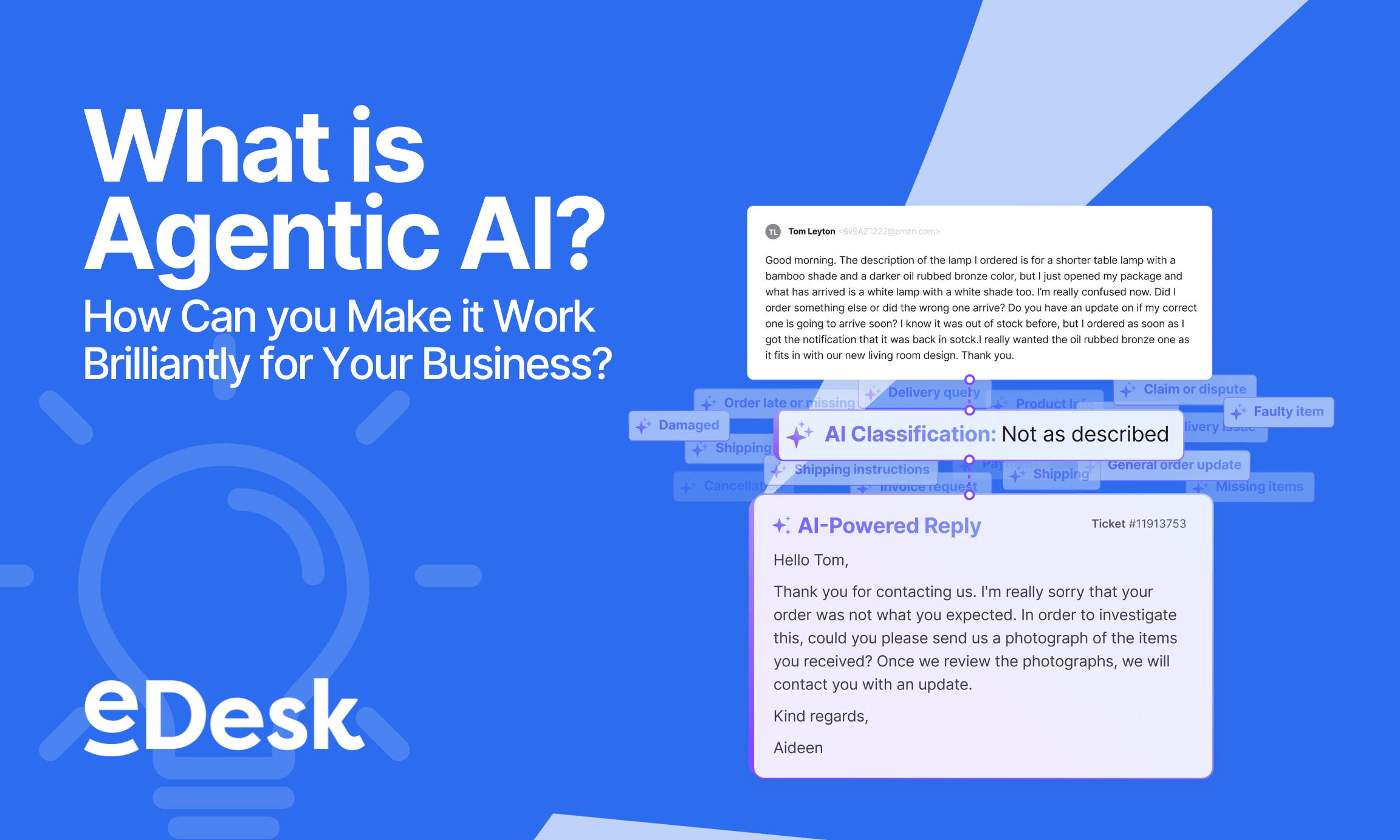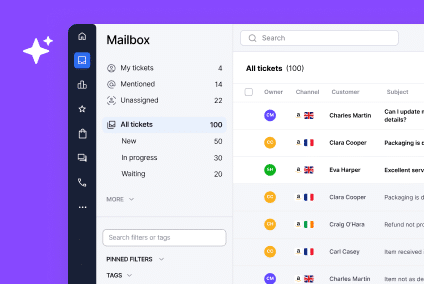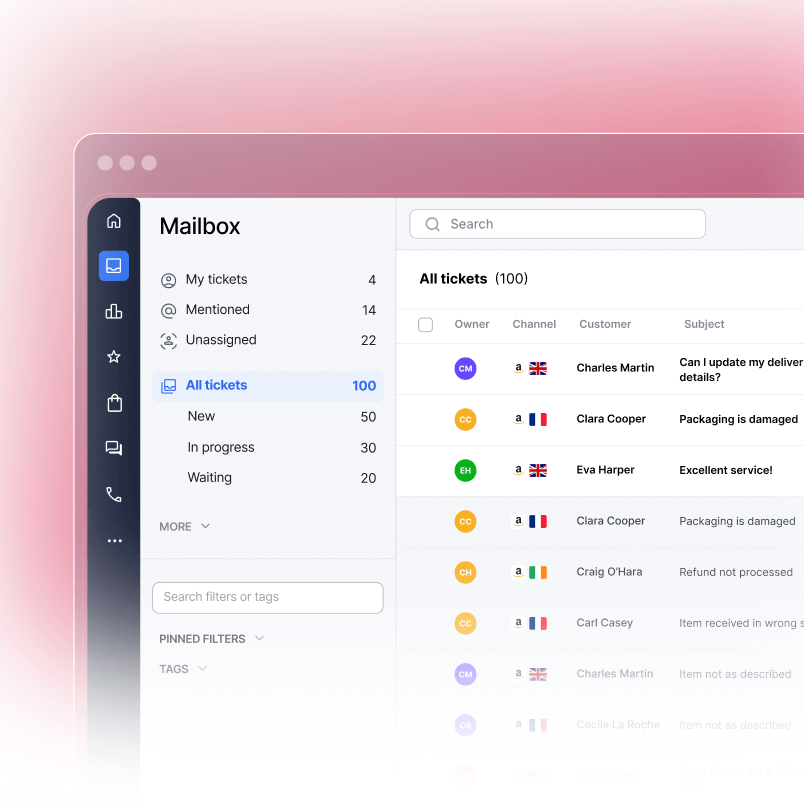As AI technology continues to advance at an alarming pace, a new type of intelligence system is emerging – agentic AI. Unlike traditional AI assistants, which were limited in their ability to perform tasks independently, agentic AI represents a leap forward in automation. This next-generation technology has the potential to significantly change the way businesses operate and how humans interact with machines.
What is Agentic AI?
Agentic AI is a breakthrough technology that is set to transform industries across the globe. Unlike earlier AI assistants, which followed strict rules and required constant human input, agentic AI is proactive, meaning it can understand user goals, assess context, and make decisions without ongoing human guidance. To do this, agentic AI combines machine learning, natural language processing, and automation technologies.
Unlike the more commonly used generative AI which is focussed on creating content, agentic AI is designed to make decisions and take action. It doesn’t just respond to prompts – it works toward specific objectives, such as improving sales or optimizing supply chains. It can also execute complex tasks, like searching databases or triggering workflows, all without human intervention.
Agentic AI works by making decisions based on probabilities and patterns. This allows it to adapt to changing environments and solve more complex problems.
Where did Agentic AI come from?
The conceptual roots of agentic AI can be traced back to mid-20th-century work on machine intelligence and feedback systems. Over the decades, milestones such as IBM’s Deep Blue, advancements in machine learning, integration into robotics, and the rise of generative AI models like OpenAI’s GPT series have paved the way for the development of autonomous AI agents.
How does Agentic AI work?
Agentic AI solves problems through a four-step process:
- Perceive: AI agents collect and process data from various sources like sensors, databases, and digital platforms, extracting important information and recognizing key elements in the environment.
- Reason: A large language model acts as the brain, understanding tasks, generating solutions, and guiding specialized models for specific functions like content creation or recommendations. It uses methods like retrieval-augmented generation (RAG) to access data and produce relevant results.
- Act: Agentic AI carries out tasks by connecting with external tools and software. It can quickly perform actions based on its plans, with built-in safeguards to ensure accuracy. For example, a customer service AI might process claims up to a certain amount, but require human approval for larger ones.
- Learn: The system continuously improves through a feedback loop, where data from its interactions is used to refine its models. This ongoing learning allows agentic AI to become more effective over time, helping businesses make better decisions and operate more efficiently.
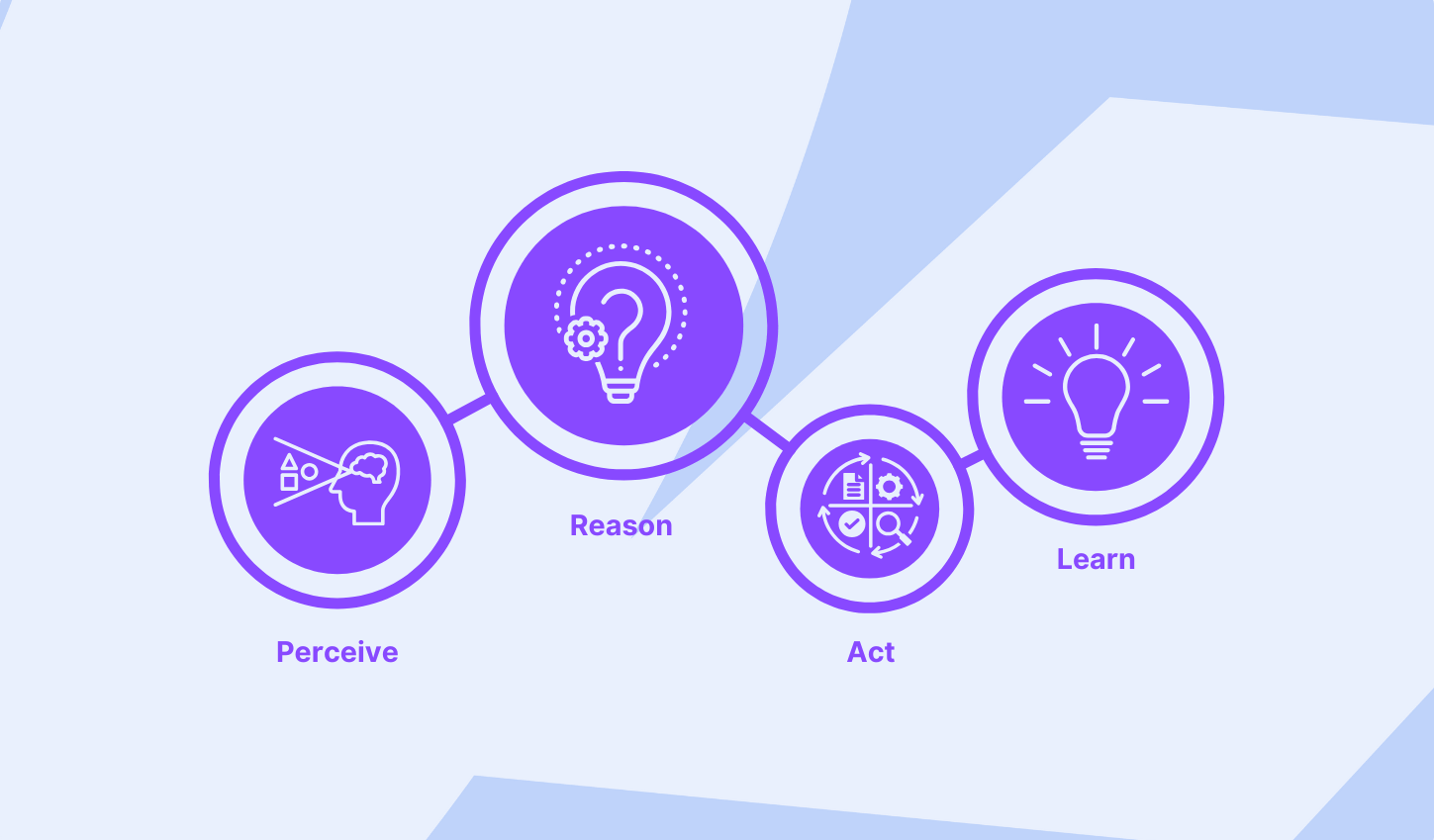
Agentic AI vs Generative AI
Whilst agentic AI and generative AI are based in automation and have similarities, they ultimately serve different purposes. Generative AI focuses on creating content such as text, images, music, and code. Examples include tools like ChatGPT for text generation, DALL·E for creating images from text prompts, Amper Music for composing music and GitHub Copilot for code generation. These tools are great for brainstorming, storytelling, and generating ideas, but they rely on human input to set goals and context.
Agentic AI, on the other hand, is action-oriented. It doesn’t just create, it makes decisions and takes action with minimal human involvement. These systems can analyze situations, develop strategies, and adapt to new conditions on their own. We give some examples of agentic AI workflows later in this article.
Simply put, GenAI creates, while agentic AI acts. However, these systems are not mutually exclusive. They can also work together, for example, generative AI might generate marketing copy, while agentic AI decides when and where to publish it for the best results.
Agentic AI Use Cases
The versatile nature of agentic AI has led to its adoption across various sectors already. Here are some examples of agentic ai workflows:
Ecommerce and Customer Support
One of the most impactful implementations of agentic AI is in eCommerce, where AI-powered agents streamline customer support and sales processes. Agentic AI agents enhance customer service by providing instant, accurate responses to inquiries, resolving up to 70% of web sales and service queries 24/7.
For instance, eDesk’s Ava AI securely integrates with various data sources, including order histories, customer inquiries, product information, FAQs, and blogs, to provide real-time, context-aware assistance. Unlike generic chatbots, Ava AI is equipped with industry-specific insights, allowing businesses to:
- Deliver 24/7 customer support with instant and accurate responses.
- Personalize interactions based on historical customer behavior, leading to improved satisfaction and sales.
- Seamlessly integrate with existing eCommerce platforms to enhance operational efficiency.
By leveraging agentic AI, eCommerce businesses can provide superior customer experiences, boost sales conversions, and increase retention rates.
Enterprise Workflows and Automation
Agentic AI is reshaping workplace efficiency by automating routine tasks, reducing human error, and improving decision-making. AI agents are now capable of coding, debugging, and even managing enterprise resource planning (ERP) systems without the need for constant human oversight. Companies integrating these agentic AI workflows can accelerate project timelines, optimize resource allocation, and increase overall productivity.
Cybersecurity and Risk Management
With the rise of cyber threats across the world, agentic AI is playing a crucial role in cybersecurity. AI-driven security agents can autonomously detect, analyze, and mitigate threats in real-time, minimizing the risk of data breaches. These AI agents proactively scan networks, identify anomalies, and respond to cyber risks without human intervention, ensuring organizations stay ahead of potential attacks.
Healthcare and Patient Assistance
Agentic AI is transforming healthcare by enhancing patient care, automating administrative tasks, and assisting in medical research. AI agents are being deployed to manage patient records, schedule appointments, and provide preliminary diagnoses based on patient symptoms. This reduces the administrative burden on healthcare providers and allows them to focus on critical patient care.
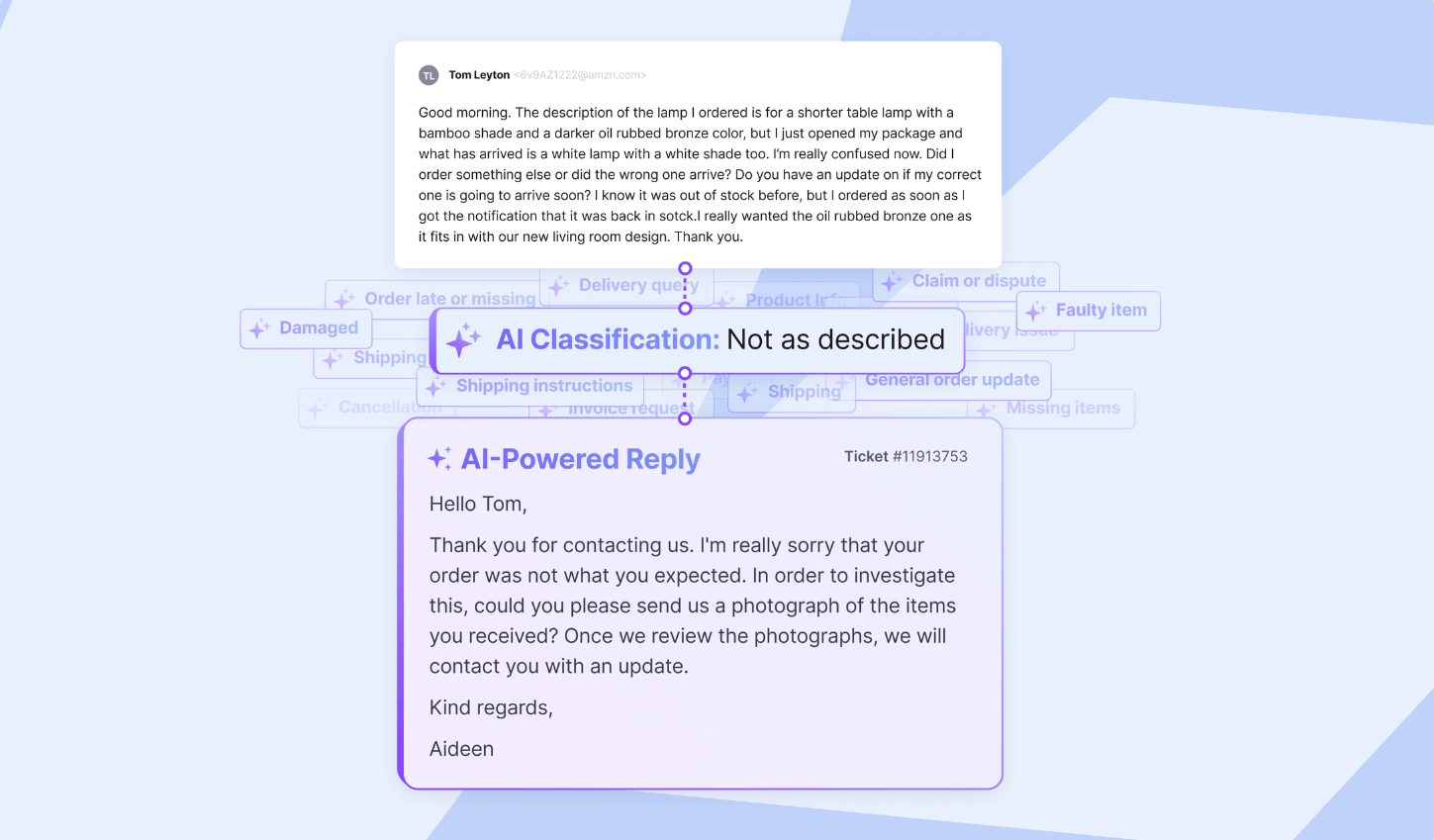
Challenges and Considerations with Agentic AI
Despite its potential, the integration of agentic AI into business operations can present challenges depending on the industry:
- Business Model Uncertainty: While agentic AI promises improved customer experiences and productivity, businesses can face challenges in effectively integrating these technologies, requiring comprehensive employee training to ensure proper deployment and avoid operational risks.
- Trust and Reliability: Ensuring that AI agents make ethical decisions and maintain transparency is crucial for gaining user trust and meeting regulatory standards.
- Technical Complexity: Developing and maintaining autonomous systems requires sophisticated infrastructure and expertise, posing a barrier for some organizations, depending on how they plan to use the technology.
How Can Agentic AI Be Implemented Effectively?
How can businesses effectively use agentic AI while keeping risks under control and aligning it with their goals? Here are some key practices:
Set SMART Goals
Just like human teams, agentic AI needs clear goals to succeed. These goals should be SMART—specific, measurable, achievable, relevant, and time-bound. Businesses should also ensure the AI understands the organization’s values and strategy, and set up feedback loops to adjust goals as needed.
Maintain Security and Compliance
Implement robust security measures such as encryption and access controls to protect sensitive data. Ensure agentic AI remains compliant with data protection regulations and create guidelines for ethical data usage to reduce privacy risks.
Think About Human Vs AI Teams
Unlike generative AI, agentic AI involves multiple agents working together. Businesses should choose the right combination of AI roles and ensure they work well with human teams to avoid issues like coordination problems or conflicts.
Conduct Regular Testing
Conduct thorough testing in various scenarios to ensure your AI system is reliable and safe. It’s important to identify and address potential flaws before deployment to minimize risks.
Supervise and Safeguard
Agentic AI can make mistakes, just like humans. Businesses should provide safeguards and supervision initially, then gradually reduce oversight as the AI gains experience. The level of supervision should depend on factors like the importance of decisions, the potential consequences of mistakes, and the AI’s training data.
Continuously Monitor and Improve
Regularly update the system based on performance metrics, user feedback, and real-world data. Establishing feedback loops will help the AI adapt and improve over time, enhancing its effectiveness and value.
The Future of Agentic AI
The growing advancement of agentic AI and its increasing use suggests it will have a profound impact on work and daily life. Whilst the long-term future is nearly unpredictable, here are some of the short-term impacts agentic AI is causing :
- Personalized Digital Assistants: Advances in generative AI are leading to the development of AI agents that can perform activities such as researching, booking reservations, and making purchases on behalf of users, potentially rendering traditional websites and apps obsolete as users transition to these all-encompassing assistants.
- Enhanced User Experiences: Companies like Amazon are integrating generative AI into their products to enable users to interact conversationally, enhancing capabilities in coordinating smart home devices, providing security, and remembering personal details.
- Advanced Problem-Solving: New AI models, such as Anthropic’s Claude 3.7 Sonnet, are capable of solving complex problems and excelling in areas such as math and coding, indicating a move toward versatile AI models that can handle multiple tasks effectively.
As agentic AI continues to evolve, its integration into various aspects of business and personal life is expected to deepen, offering unprecedented levels of autonomy and efficiency in the future.
Getting Started With Agentic AI
Agentic AI is reshaping the future of artificial intelligence, offering businesses the ability to operate more efficiently, make data-driven decisions, and improve customer interactions. Whether through enterprise automation, cybersecurity, healthcare, or eCommerce, agentic AI is revolutionizing how we interact with technology. Solutions like eDesk’s Ava AI Agent exemplify the practical benefits of this technology, empowering businesses to stay ahead in an increasingly digital world.
As AI continues to advance, organizations that embrace agentic AI will gain a significant advantage, unlocking new opportunities for growth, efficiency, and innovation.
Ready to see how eDesk can revolutionize your customer support using agentic AI? Start your free trial today.
